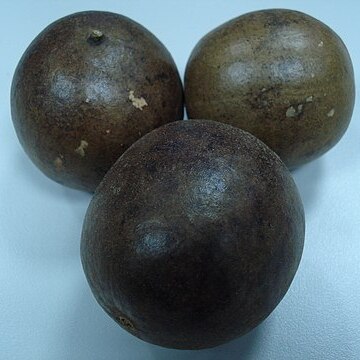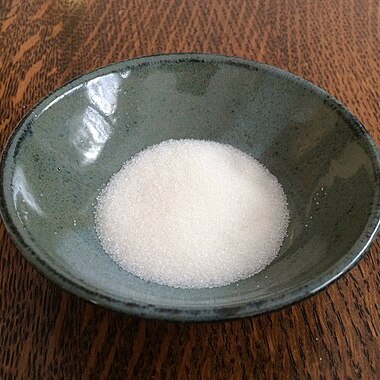Plant: all parts with yellow-brown pubescence and black glandular scales. Root enlarged, fusiform or subglobose. Stem and branches slightly robust. Petiole 3-10 cm; leaf blade ovate-cordate, 12-23 × 5-17 cm, membranous, apex acuminate or long acuminate; sinus semicircular or broadly ovate-cordate. Male flowers: inflorescence racemose, 6-10-flowered; peduncle 7-13 cm; pedicels slender, 5-15 mm; calyx tube broadly campanulate, 4-5 × ca. 8 mm, usually with 3 membranous scales; segments triangular, ca. 4.5 × 3 mm, 3-veined, apex long acuminate; corolla yellow; segments oblong, 10-15 × 7-8 mm, 5-veined, apex acute; filaments puberulent, ca. 4 mm; anthers ca. 3 mm. Female flowers solitary or 2-5 on 6-8 mm peduncle; calyx and corolla as in male flowers but slightly larger; staminodes 2-2.5 mm; ovary oblong, 10-12 × 5-6 mm, densely yellow-brown velvety, base obtuse-rounded; style ca. 2.5 mm; stigmas 3, enlarged, ca. 1.5 mm. Fruit globose or oblong, 6-11 × 4-8 cm, densely yellow-brown velvety and black glandular-scaly, ultimately glabrous. Seeds numerous, pale yellow, broadly ovate, compressed, 15-18 × 10-12 mm, base obtuse-rounded, with 2-layered wings, wings sinuate. Fl. May-Jul, fl. Jul-Sep.
More
A robust climber. It keeps growing from year to year. It has fleshy oval rootstocks. These are 7-23 cm long by 6-12 cm wide. The branches emerge from this short stem each year. They are 3-5 m long. The young growth has yellow-brown hairs. The tendrils have 2 branches. The leaves are triangle shaped and 12-25 cm long by 5-17 cm wide at the base. The edges are wavy and there are small teeth. The leaf stalks are 5-7 cm long. The flowers are yellow. They are 3-4 cm across. The fruit are round or pear shaped. They are 5-8 cm long by 4-7 cm wide. They have hairs. There can be 6-11 faint ridges. The rind is thin and brittle. It is 1 mm thick. The fruit are very sweet. The fruit are green but become brown on drying. The seeds are oblong and with deep grooves. There are some named varieties.


